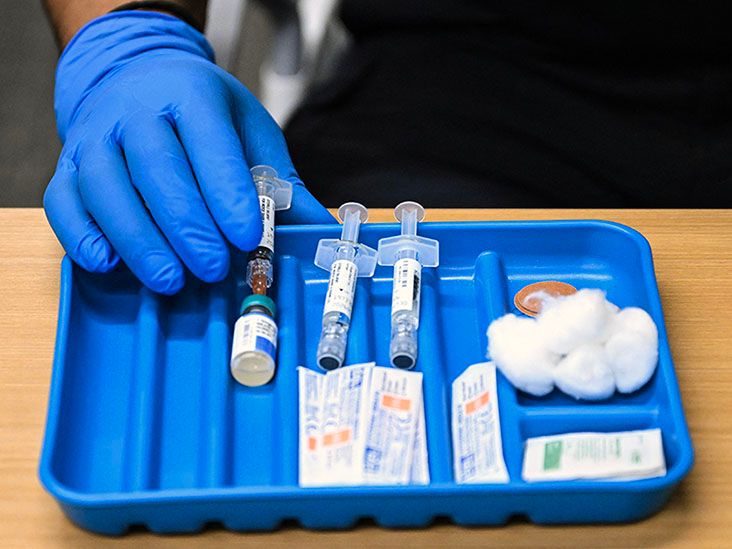Nicotine patches help people quit smoking. However, people can sometimes become addicted to these patches. Misuse can play a role in this process.
Quitting smoking cold turkey can cause uncomfortable withdrawal symptoms, and people may resume smoking as a result. Nicotine patches deliver controlled doses of nicotine to help people gradually taper off cigarettes. However, when a person does not use the patches as intended, they may become addicted to them.
This article explores addiction to nicotine patches, the potential risks, how to stop using them, and strategies for recovery.

Nicotine patches are a topical form of
The patches aim to curb cravings and combat withdrawal symptoms that people who have recently quit smoking experience by releasing
NRT can be highly effective and may increase the rate of quitting smoking by
Nicotine withdrawal symptoms
People may experience withdrawal symptoms if they suddenly stop using the patches. These symptoms
- irritability
- anxiety
- difficulty concentrating
- a craving for nicotine
- mood swings
- feeling hungrier
- weight gain
- feeling jumpy and restless
Potential side effects
Individuals may also experience side effects when using nicotine patches, including:
It is important to use nicotine patches with caution. Consult a healthcare professional before using them or if any side effects occur.
Learn more about nicotine dependence.
Several factors may increase a person’s chances of misusing nicotine patches or developing a dependence on them.
Some risk factors that can play a role in nicotine addiction include:
- having a history of substance misuse
- exceeding the correct
doseTrusted Source - continuing use beyond the duration of a prescription
- concurrent use of patches with other products containing nicotine
It is essential to follow a doctor’s guidance on nicotine patch use. People also need to avoid cutting patches in half or applying heat to them.
Learn more about how to use nicotine patches.
To come off nicotine patches, healthcare professionals advise people to gradually reduce the dose after
Gradually tapering off using the patches is essential to minimize the risk of withdrawal symptoms and prevent relapse.
Seeking professional help from experts can help people experiencing dependence on nicotine patches. Experts can offer personalized cessation plans tailored to a person’s needs, addressing both the physical and psychological aspects of addiction.
Strategies that may also help include:
- Behavioral and mindfulness therapies: Cognitive behavioral therapy (CBT) and
mindfulness-based interventionsTrusted Source can both be beneficial in treating nicotine addiction. - Support groups: Counseling services and
helplinesTrusted Source can provide invaluable resources for individuals navigating the challenges of nicotine dependence. Connecting with others who share similar experiences can create a sense of community during recovery. - Identifying triggers: Knowing triggers and understanding the best way to deal with them can help individuals manage cravings.
- Pharmacological interventions: Prescription medications, such as
bupropionTrusted Source orvareniclineTrusted Source , may complement behavioral therapies and aid cessation. These medications work by altering brain chemistry to reduce cravings and withdrawal symptoms.
Can people get addicted to nicotine patches?
Yes, people can develop a dependence on nicotine patches, especially with misuse or if they exceed the recommended dose.
Is it bad to use nicotine patches long term?
While doctors generally consider nicotine patches safe for short-term use, using them long term may pose risks, such as dependency and other side effects.
It is essential to follow the correct regimen and seek guidance from healthcare professionals about how long to use nicotine patches.
Do you still get cravings with nicotine patches?
Nicotine patches should help alleviate cravings. However, some individuals may still experience mild cravings, particularly during the initial stages of quitting. Combining patches with behavioral therapies can effectively manage cravings and increase the likelihood of quitting smoking.
What do nicotine patches do to the brain?
Nicotine patches deliver controlled doses of nicotine, which acts on the brain’s reward system, releasing
Incorrect use or misuse of nicotine patches can lead to addiction or overdependence on nicotine. Individuals should use them with caution.
By following and adhering to regimens, seeking professional guidance, and incorporating behavioral therapies, people can recover from dependence on nicotine and reclaim their health and well-being.


